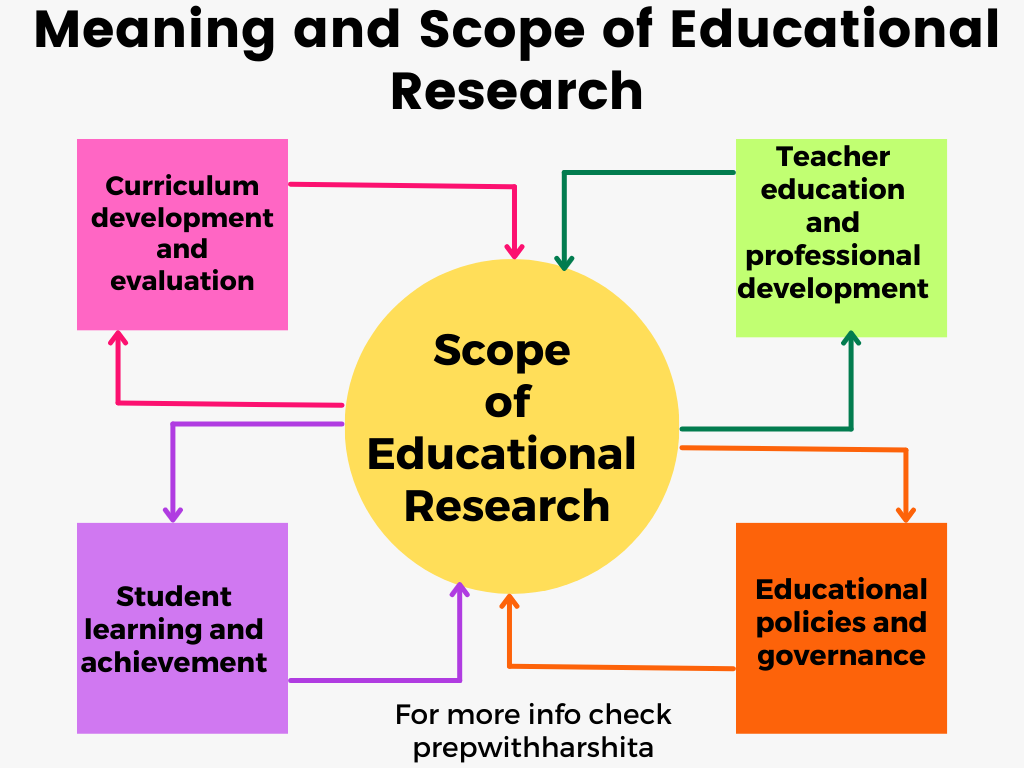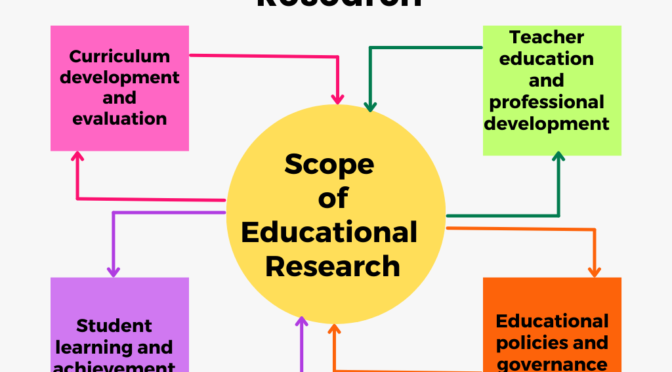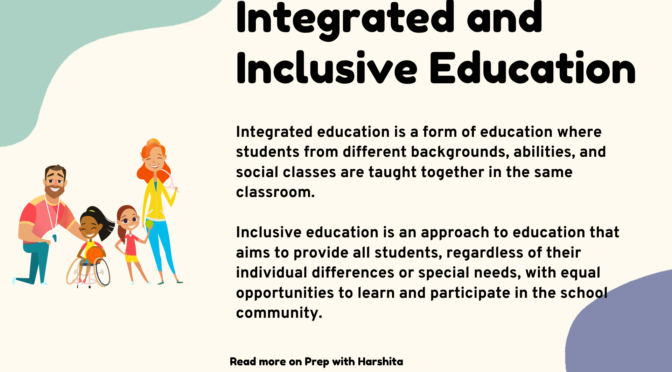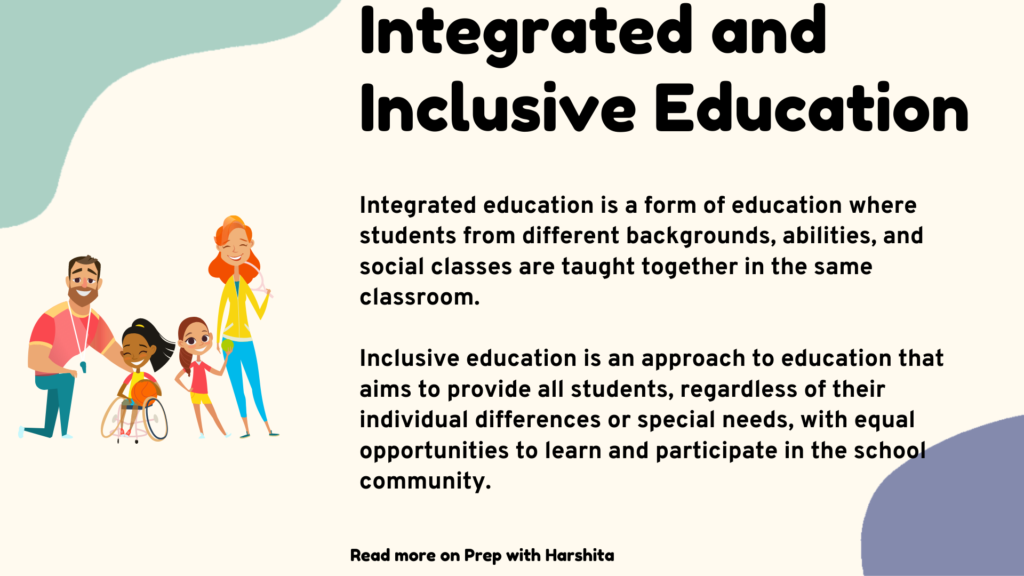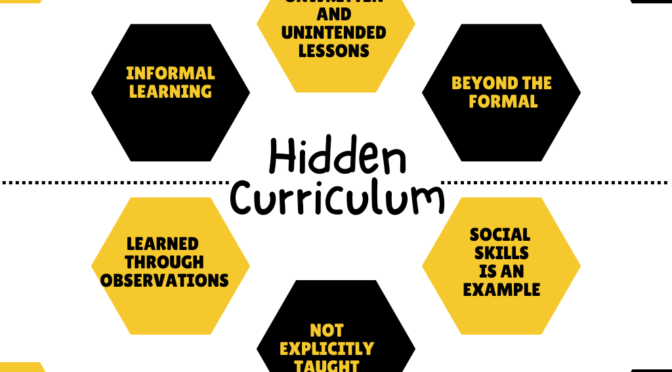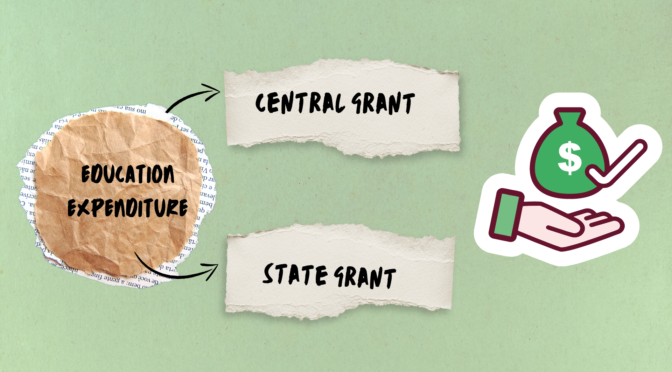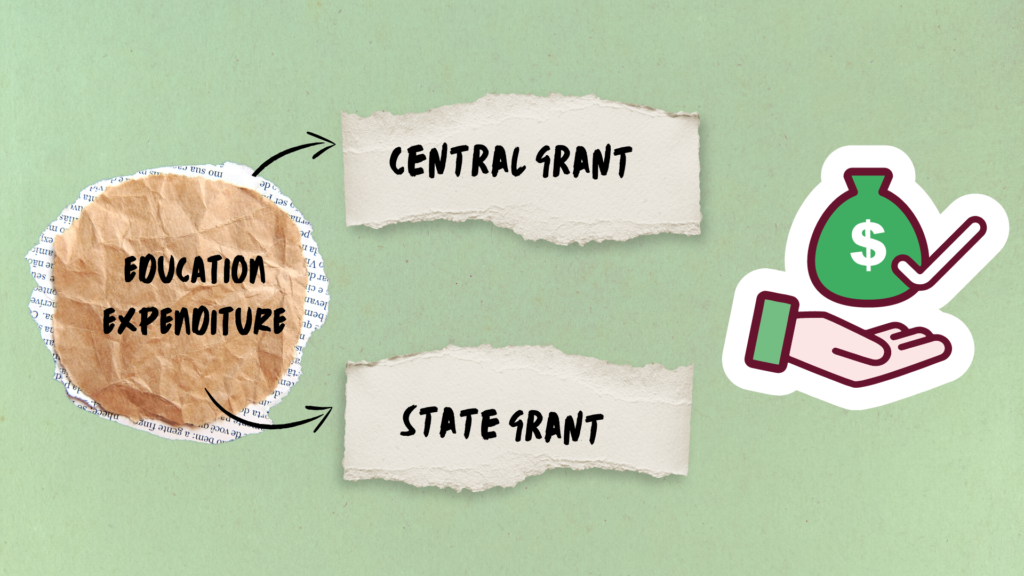Education research refers to the systematic and scientific study of educational issues, practices, policies, and outcomes. The Meaning and Scope of Educational Research is explained in detail:
What is Educational Research?
Educational research is a field of study that focuses on the investigation of educational phenomena, processes, and practices to improve educational outcomes. It involves systematic inquiry, using various research methods, to gather data and evidence that can inform educational policy, theory, and practice.
Educational research can cover a wide range of topics, including teaching and learning strategies, curriculum design, student motivation, assessment and evaluation, educational technology, and teacher professional development.
Researchers in this field may use qualitative or quantitative research methods, or a combination of both, to gather and analyze data.
The ultimate goal of educational research is to improve the quality of education and enhance student learning outcomes by generating new knowledge and evidence-based recommendations for policy and practice.
Scope of Educational Research
The scope of education research is vast and covers a wide range of topics related to teaching and learning. Here are some of the key areas of inquiry within education research:
- Curriculum development and evaluation: Education research in this area focuses on the design, development, and evaluation of educational programs, curricula, and instructional materials. Researchers explore issues such as curriculum alignment with standards, assessment of student learning, and effectiveness of instructional materials.
- Teacher education and professional development: Education research in this area examines the preparation, training, and ongoing professional development of teachers. Researchers may explore issues such as the effectiveness of teacher education programs, the impact of professional development on teacher effectiveness, and the use of technology in teacher education.
- Student learning and achievement: Education research in this area focuses on understanding how students learn and what factors contribute to their academic success. Researchers may investigate issues such as student motivation, learning styles, and the impact of the classroom environment and instructional practices on student learning.
- Educational policies and governance: Education research in this area examines the policies, regulations, and governance structures that shape education systems. Researchers may explore issues such as funding and resource allocation, accountability and assessment, and the role of stakeholders in decision-making.
- Education technology and digital learning: Education research in this area examines the use of technology in education, including online and blended learning, educational software and games, and digital tools for instruction and assessment.
- Special education and inclusive education: Education research in this area focuses on understanding the needs of students with disabilities and developing effective strategies to support their learning. Researchers may investigate issues such as inclusive practices, assistive technology, and the impact of special education programs on student outcomes.
- Assessment and evaluation of educational programs: Education research in this area examines the effectiveness of educational programs and interventions, using a range of assessment and evaluation methods. Researchers may explore issues such as program design, implementation, and impact on student learning.
- Educational psychology and motivation: Education research in this area focuses on the psychological processes involved in teaching and learning, including motivation, cognition, and behavior. Researchers may investigate issues such as student engagement, self-regulation, and the impact of different teaching strategies on student motivation.
- Educational leadership and management: Education research in this area examines the role of leaders in shaping educational policy and practice, including issues such as school governance, leadership styles, and the impact of leadership on school culture and student outcomes.
- Adult education and lifelong learning: This area focuses on understanding the needs of adult learners. Developing effective strategies to support their ongoing education and professional development.
Overall, the scope of education research is diverse and constantly evolving, reflecting the complex and dynamic nature of education systems and the diverse needs of learners. Education research plays a critical role in informing policy and practice, supporting the ongoing improvement of education systems. It also ensure that all learners have access to high-quality educational opportunities.
Also Read: Historical Research
